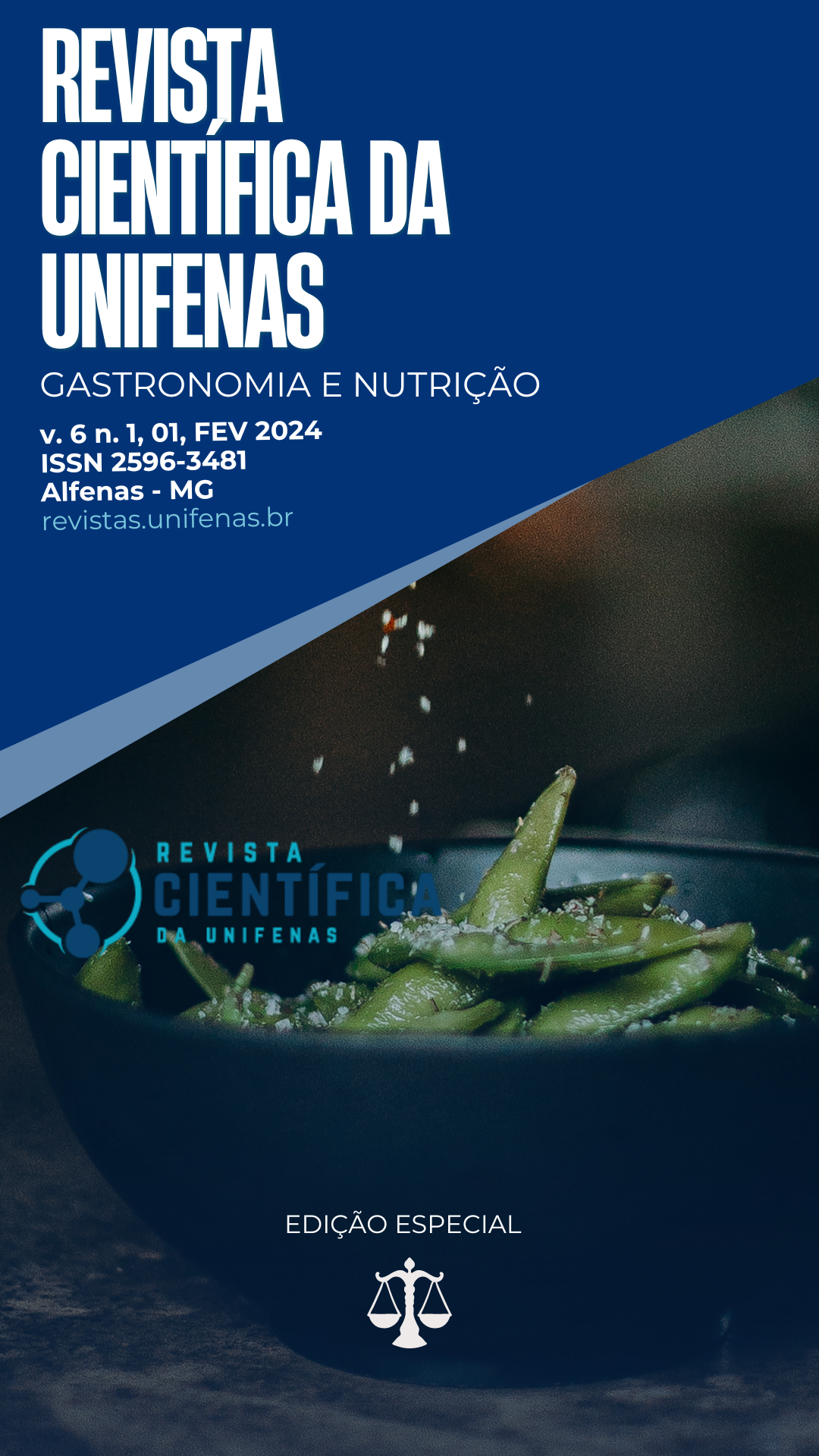CHEMICAL PROFILE AND ANTIOXIDANT ACTIVITY OF TEA-DERIVED KOMBUCHA WITH ENERGETIC PROPERTIES
Abstract
Kombucha - a drink fermented by bacteria and yeast - is widely used in the East. Kombucha has antioxidant properties and probiotics providing nutraceutical benefits for those who drink it. The objective of this study was to evaluate the chemical profile and antioxidant activity of kombucha that had as substrate a tea with energetic properties (pineapple peel, ginger, and guarana powder) and two types of sugars (crystal or brown sugar). To this end, the study consisted of four treatments with two replications, in which two types of sugar (crystal and brown) and two tea combinations (control energy tea) were compared. For each treatment, the chemical profile and antioxidant activity were evaluated on day zero and day 12. The results showed a reduction in pH for all treatments after fermentation (day 12). The presence of reducing sugars was also observed, which was statistically significant when comparing the energy tea with the control (using crystal or brown sugar) on day zero. Kombuchas showed greater free radical scavenging activity than when measured on day zero. With these results it was observed that, although brown sugar has better nutritional properties than crystal sugar, the results showed that the use of these sugars to prepare kombucha from energy tea did not differ statistically for pH and antioxidant activity. However, the kombuchas produced could be a source of antioxidant action, indicating possible health benefits.Additional Files
Published
2024-02-01
Issue
Section
Artigos
License
Clique no link abaixo para fazer download do arquivo de Declaração de Direitos Autorais. Preencha seus campos, com as respectivas assinaturas dos autores no formato de imagens e o insira como arquivo suplementar em sua submissão.
Declaração de responsabilidade e transferência de direitos autorais


